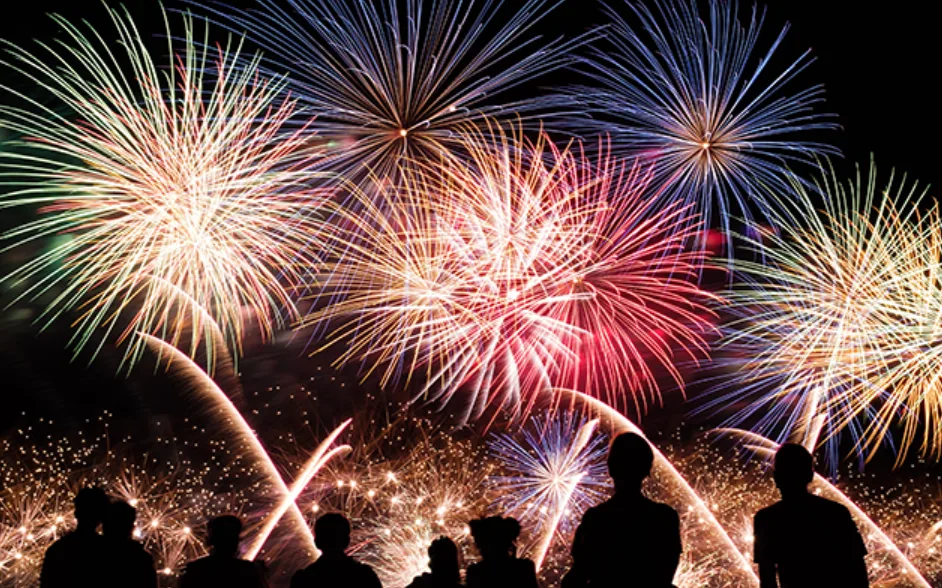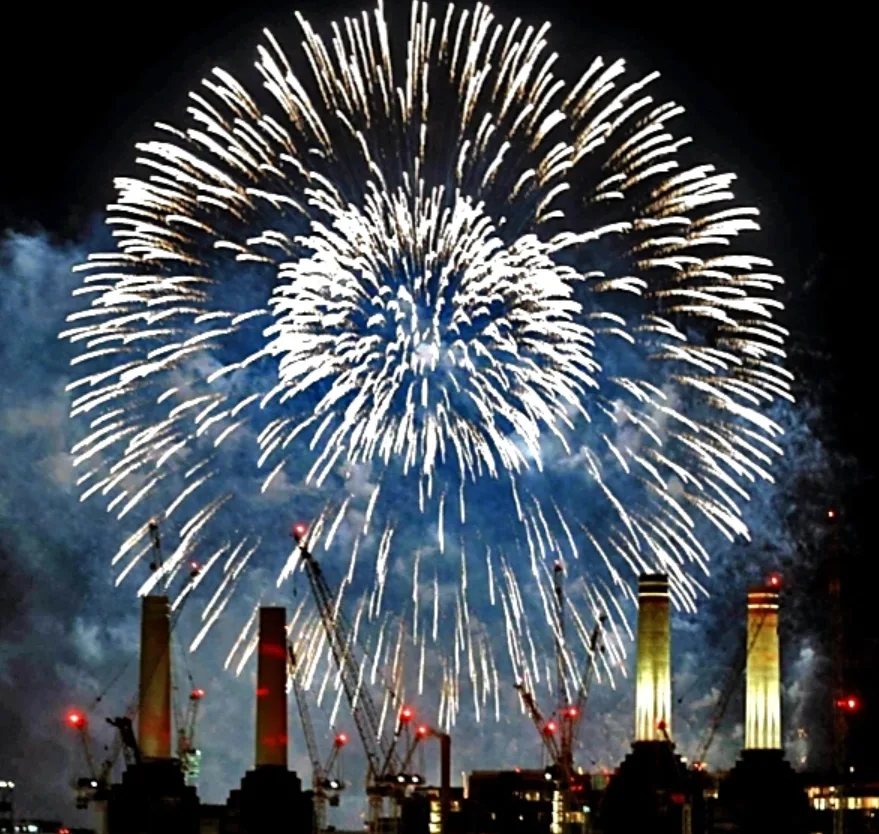When the twilight deepens and the world holds its breath, there is no sound quite as universally electrifying as the initial rush of the propellant, followed by the silent, tense ascent of a pyrotechnic shell. What ensues—the sudden, violent blossoming of light and colour against the canvas of the night—is an experience that transcends language, culture, and temporal boundaries. Fireworks, those brilliant, fleeting masterpieces, are far more than mere chemical reactions; they are a profound, dazzling expression of human ingenuity, historical reverence, and philosophical contemplation on the nature of beauty itself.
The story of the firework is inextricably linked to the history of black powder, an invention credited to Chinese alchemists and artisans centuries ago. Originally devised for purposes ranging from military application to the seemingly mundane search for eternal life, the mixture of saltpeter, sulphur, and charcoal quickly found a more celebratory, if explosive, purpose. The earliest use, centuries before the common era, involved throwing hollow bamboo stalks into a fire, the overheating air pockets producing a startling "crack" believed to ward off malevolent spirits. This functional aspect—of driving out the old year’s misfortunes and welcoming prosperity—remains embedded in the traditions of Lunar New Year celebrations across Asia.
As the craft evolved, so did its function. By the Tang and Song dynasties, the rudimentary firecracker was transformed into increasingly elaborate displays. The Chinese mastered the art of "fire trees" and "silver flowers," introducing complex choreography and an early understanding of chemical hues. When the knowledge of black powder and its recreational applications eventually journeyed westward—likely along trade routes and through the accounts of travellers—it was met with immediate enthusiasm by European courts.
In Renaissance Europe, the firework display became an indispensable tool of political theatre. Monarchs and princes employed the most skilled pyrotechnicians, often referred to as "fire masters," to stage elaborate *feste* that demonstrated power, wealth, and sophisticated taste. These displays were not just random bursts of colour; they were meticulously planned allegorical dramas set in the sky, frequently depicting mythological battles, grand architectural illusions, or patriotic tributes. The artistry, which required an intricate knowledge of physics, chemistry, and stagecraft, elevated pyrotechny from a simple boom to a genuine, respected art form.
The science behind the modern firework is a testament to persistent human curiosity. The vibrant palette we see today is achieved through the careful inclusion of metallic salts within the shell's stars—small, compressed pellets of combustible composition. Strontium salts produce the rich reds, barium yields the greens, copper creates the blues, and sodium is responsible for the intense yellow and gold hues. The shape and pattern of the burst—the chrysanthemums, peonies, willows, and brocades—are dictated by the precise arrangement of these stars within the shell casing and the timing of the secondary charges. It is a precise choreography of combustion, where millisecond-timing and specific geometric packing determine the visual poetry that unfolds a thousand feet above the spectators.
Yet, the true genius of the firework lies not merely in its technical execution, but in its philosophical resonance. Every display is, by its very nature, an ode to **impermanence**. The shells are fired into the dark with the implicit understanding that their beauty is self-consuming. They reach their apogee, blaze in their magnificent, overwhelming glory, and then vanish, leaving behind only the lingering scent of smoke and the echoing memory of light.
This fleeting quality is precisely what grants the firework its emotional weight. It forces us, the onlookers, into a heightened state of awareness, demanding our complete and immediate attention. We cannot pause the moment, nor can we rewind the burst. It is a spectacular reminder of the *present tense*—a communal moment of awe shared by thousands, each person momentarily freed from the anxieties of the past or the concerns of the future. The collective gasp, the shared murmur of 'ooh' and 'aah,' is the audible signature of this temporal liberation.
In various cultures, this philosophical dimension is openly acknowledged. In Japan, the viewing of *Hanabi* (fire flowers) is often a summer ritual tinged with melancholy, embodying the concept of *mono no aware*—a gentle sadness and awareness of the transience of things. It is a meditation on the beauty that is destined to pass.
In the contemporary era, the spectacle continues to evolve. Advances in electronic firing systems allow for perfectly synchronized shows set to complex orchestral scores, transforming the sky into a vast, three-dimensional stage. These displays serve as the ultimate exclamation mark for our most significant milestones, be it a national day of independence, the transition into a new year, or the culmination of a grand festival.
Ultimately, the humble combination of powder and metallic salts offers one of humanity's most potent spectacles. It is an art form created entirely from destruction, a moment of profound, ordered chaos that culminates in undeniable beauty. The firework is a mirror reflecting our own aspirations—to rise, to shine brilliantly, and to be remembered for the luminous impact we make, no matter how brief our time in the spotlight may be. It is the perfect, explosive symbol of a moment truly lived.






